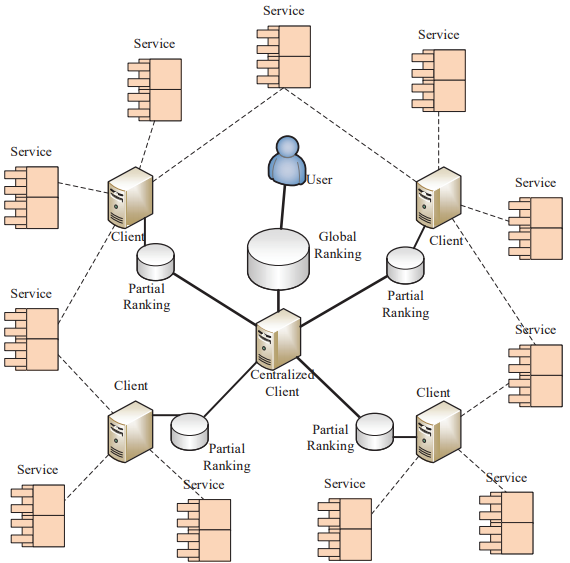ABSTRACT
With the rapid development of the Internet of things (IoT), building IoT systems with high quality of service (QoS) has become an urgent requirement in both academia and industry. During the procedures of building IoT systems, QoS-aware service selection is an important concern, which requires the ranking of a set of functionally similar services according to their QoS values. In reality, however, it is quite expensive and even impractical to evaluate all geographically-dispersed IoT services at a single client to obtain such a ranking. Nevertheless, distributed measurement and ranking aggregation have to deal with the high dynamics of QoS values and the inconsistency of partial rankings.
To address these challenges, we propose a time-aware service ranking prediction approach named TSRPred for obtaining the global ranking from the collection of partial rankings. Specifically, a pairwise comparison model is constructed to describe the relationships between different services, where the partial rankings are obtained by time series forecasting on QoS values. The comparisons of IoT services are formulated by random walks, and thus, the global ranking can be obtained by sorting the steady-state probabilities of the underlying Markov chain. Finally, the efficacy of TSRPred is validated by simulation experiments based on large-scale real-world datasets.
PRELIMINARIES
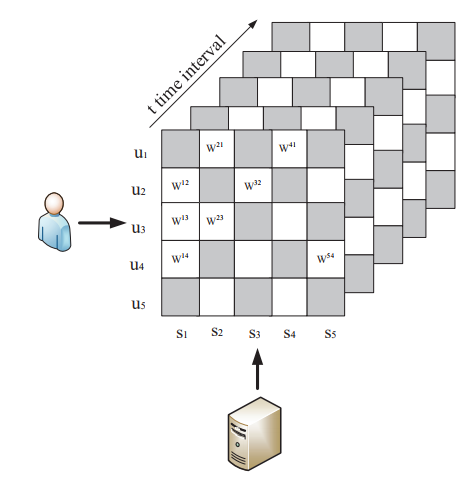
Figure 1. Quality of service (QoS) Matrix
In this paper, we need analyze the QoS dataset to obtain the global service ranking. Assume there are n IoT services S = {s1, s2, …,sn} invoked by m users U = {u1, u2, …, um}. Each service has its QoS attributes monitored over some time, which include response time, throughput, etc. When a user invokes a IoT service, we can obtain the QoS information during t time intervals. By integrating all the QoS information from users, we form a three-dimensional user-service-time matrix as shown in figure 1.
MODEL OF SERVICE RANKING PREDICTION
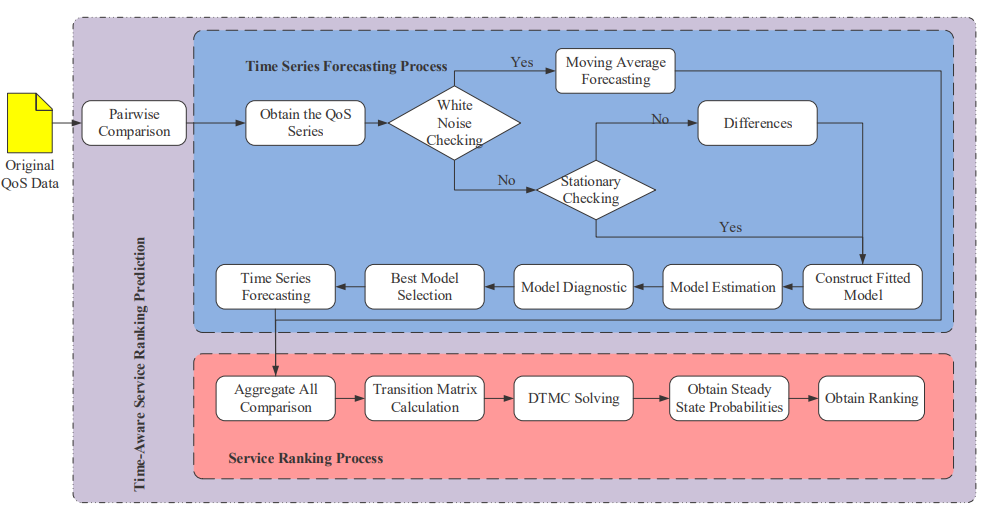
Figure 2. Framework of service ranking prediction. QoS: quality of service; DTMC: discrete-time Markov chain
In this context, we put forward an approach to predict the global service ranking from partial service rankings, namely TSRPred, which can be decomposed into the following three phases, including pairwise comparison, time series forecasting, and service ranking. The framework of TSRPred is illuminated by Figure 2.
As Figure 2 shows, during the procedure of our approach, we obtain the original QoS data collected from the candidate IoT services at first, and then we compare the services by pairwise comparison model, which can fill the gap of inconsistent measurements. Once the pairwise comparison model is constructed, the comparisons are transformed to the QoS future value forecasting.
In this model, we focus on how to collect all partial rankings to obtain the global service ranking. The model demonstration is shown in Figure 3. It is assumed the set of candidate IoT service contains n IoT services with similar functionality, which are geographically dispersed in different locations.
In sight of this characteristic, we deploy m different clients to rate these services, and each of them only rates a portion of the candidate services. Thus the partial ranking of each subset service is rated at a client, finally, a centralized client is used to collect all the partial rankings and obtain the global service ranking.
ALGORITHMS FOR OBTAINING GLOBAL RANKING
In the previous section, a pairwise comparison model is constructed to obtain the partial service rankings, where the QoS differentials are forecasted by time series models. Furthermore, the discrete-time Markov chain based on random walks is modeled to derive the global ranking. In this section, we will detail the algorithms for obtaining global ranking.
Our approach for obtaining service ranking can shield the methodologies of how to rate the services, and obtain the global service ranking with limits and noise information. The procedures for obtaining global ranking are illuminated as follows.
Step 1 In the first step, our approach selects all services pairs based on the constructed pairwise comparison model.
Step 2 The future values of QoS differentials can be estimated by the fitted time series model for obtaining the partial service rankings.
Step 3 All partial rankings are aggregated and the transition matrix is calculated by the formula (6).
Step 4 Furthermore, DTMC with transition matrix P can be solved by π·P = π.
Step 5 Finally, the global service ranking is derived through steady-state probabilities ranking.
CASE STUDY
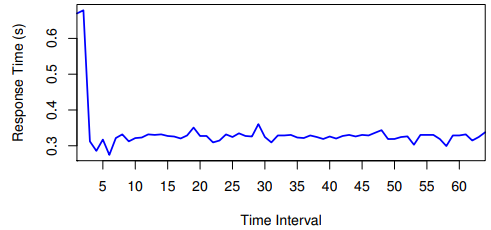
Figure 5. QoS Series
At first, we use the comparison between services with ID 4386 and 4009 invoked by client 1 to investigate the procedure of time series forecasting. In our approach, we should analyze the QoS comparison of ranked services. The QoS comparison series is shown in Figure 5.
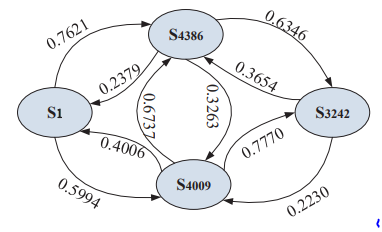
Figure 8. Case study of the markov chain
Since the future comparison values are obtained by time series forecasting, we will construct the Markov chain based on the forecasting values. For instance, services with ID 4386 and 4009 are invoked by client 1 and 2, so the average of forecasting value 0.3263 is used to construct the Markov chain, which can be found in Figure 8. Finally, we can obtain the steady-state probabilities and sort them to derive the global ranking. The predicted global ranking is [S3242, S4386, S4009, S1], which is the same as the actual ranking.
Figure 9 shows an overall framework of an IoT service publishing platform, which can be divided into five layers. These five layers consist of the resource layer, atomic service layer, time-aware service ranking layer, business process layer, and public platform layer. The IoT service publishing platform is used to provide the public applications for users. In this system, the functionally similar services are selected to compose a series applications.
EVALUATION

Figure 10. Ranking on response time with different proportions of services selection
(a) Kendall rank correlation coefficient (KRCC) of pairwise comparisons; (b) Probability density function (PDF) of ranking errors.
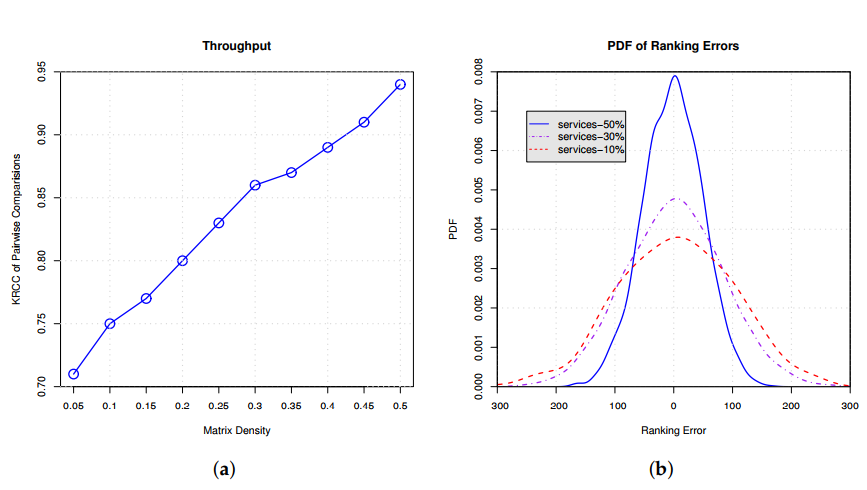
Figure 11. Ranking on throughput with different proportion of services selection
(a) KRCC of pairwise comparisons; (b) PDF of ranking errors.
In Figures 10 and 11, we conduct empirical experiments on the ranking data using response time and throughput. Figures 10a and 11a show the Kendall rank correlation coefficient (KRCC) of pairwise comparisons on response time and throughput, respectively. The results indicate that, with the increasing proportion of services selection, the KRCC goes up.
Meanwhile, our approach can achieve good accuracy and binds the KRCC above 0.65 even when only 5% services are selected. Figures 10b and 11b demonstrate the PDF of the ranking error on response time and throughput, which indicates that less services selection results in higher variance of the ranking prediction. All of the results show that our approach is able to derive the global ranking with acceptable errors.
RELATED WORK
Service Ranking
Service ranking serves to sort a set of services with similar functionality according to some characteristics, which is an important and interesting issue in service-oriented computing, and is helpful in many aspects, e.g., service selection, service composition, and service recommendation, etc. With the scale of candidate services enlarged in the IoT environment, this issue is more significant.
QoS Prediction
As aforesaid, most of the service ranking approach is proposed based on the known QoS value or can be obtained from third organizations. However, it is difficult to do so since the QoS values may be unreliable or unknown. Therefore, many researchers have studied how to predict the QoS values. Collaborative filtering approaches are widely adopted in QoS prediction.
CONCLUSIONS
In this paper, we propose a time-aware service ranking prediction approach for obtaining the global service ranking from partial rankings. In this approach, the pairwise comparison model is constructed to describe the relationships between different IoT services, where the partial rankings are obtained by time series forecasting, and the comparisons of IoT services are formulated by random walks. Furthermore, the global ranking is obtained by sorting the steady-state probabilities of the Markov chain. Finally, the large-scale real world QoS dataset is adopted to validate the efficacy of our approach. We believe that our approach can help to build a high-quality IoT systems.
There are some avenues for our future work. Although our approach studies the temporal dynamics of QoS, the future values are forecasted based on the historical observations without any missing data. In reality, the historical observations may be missing in some cases, and thus how to obtain the service ranking with missing historical observations is an important problem in both academia and industry. Another goal of our future work is to design approaches to predict the service ranking considering the multi-dimensional QoS values. The relationships and tradeoffs between different QoS attributes should be carefully analyzed, and the ranking models as well as algorithms should be designed.
Source: Beijing University
Authors: Yuze Huang | Jiwei Huang | Bo Cheng | Shuqing He | Junliang Chen
>> 200+ IoT Led Projects for Engineering Students
